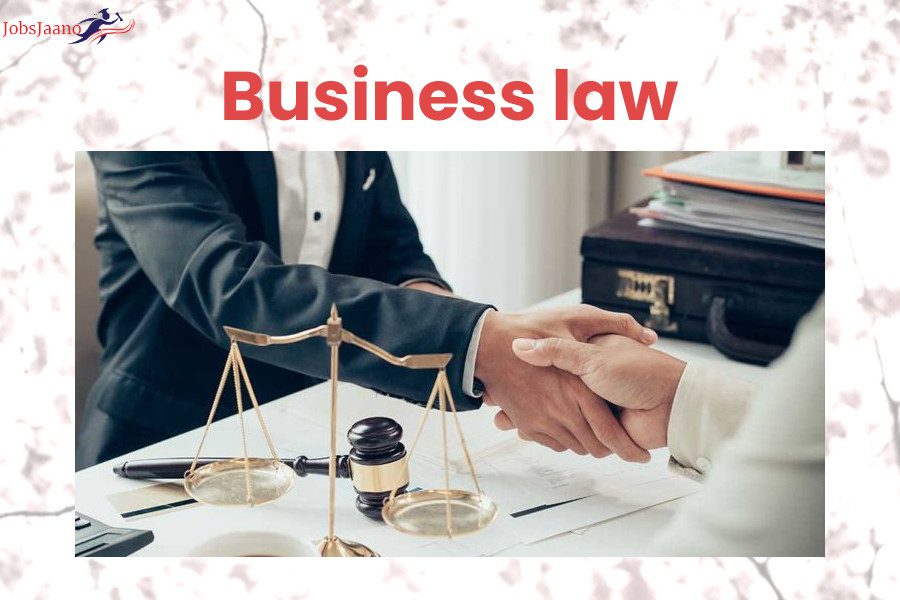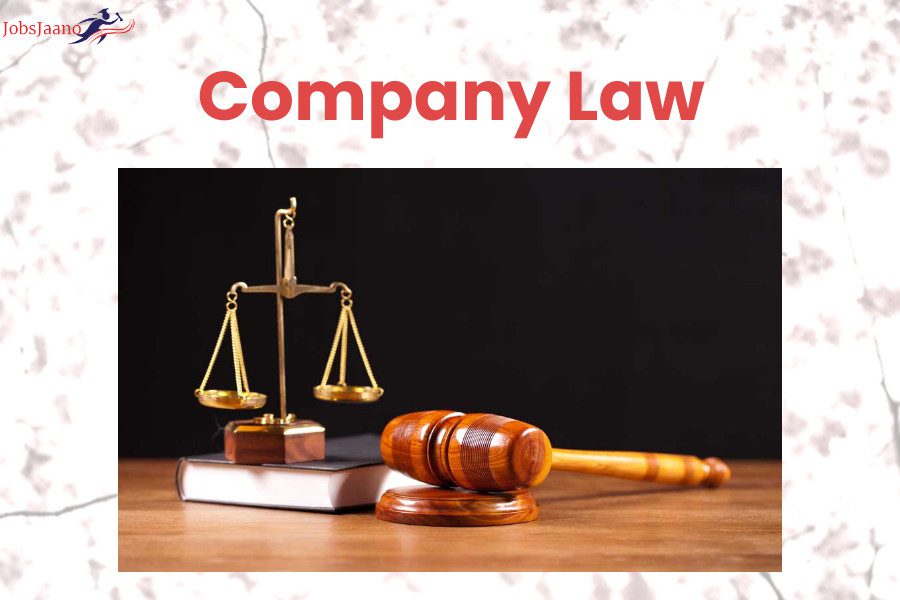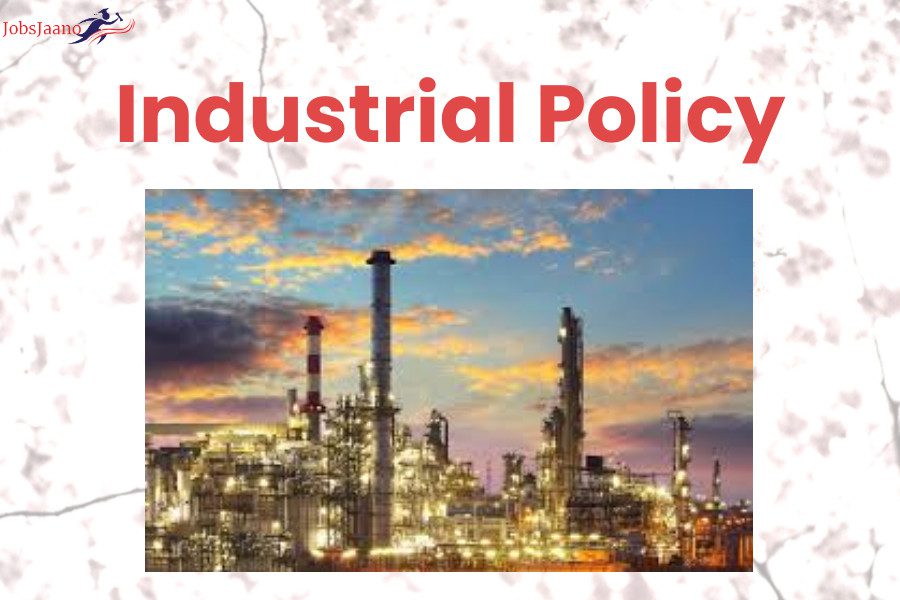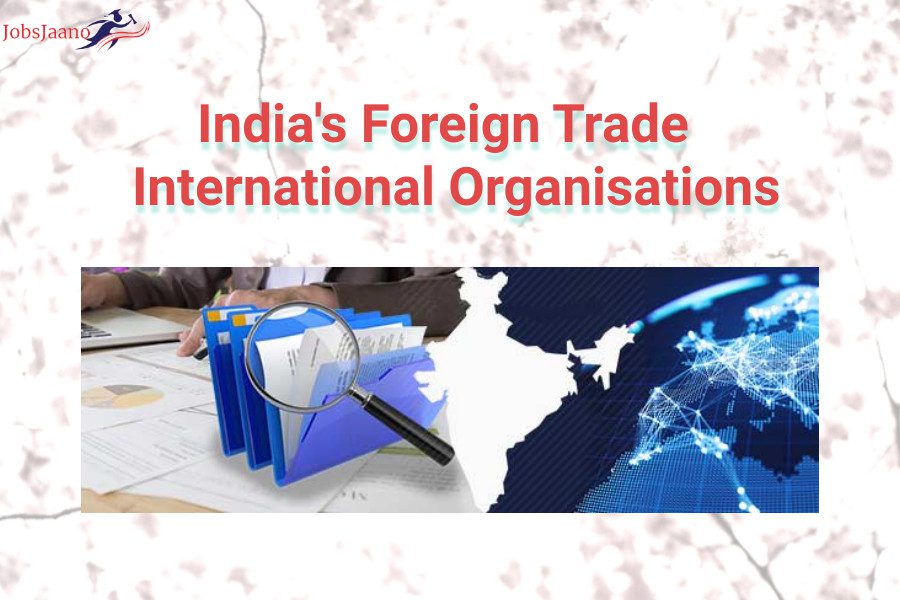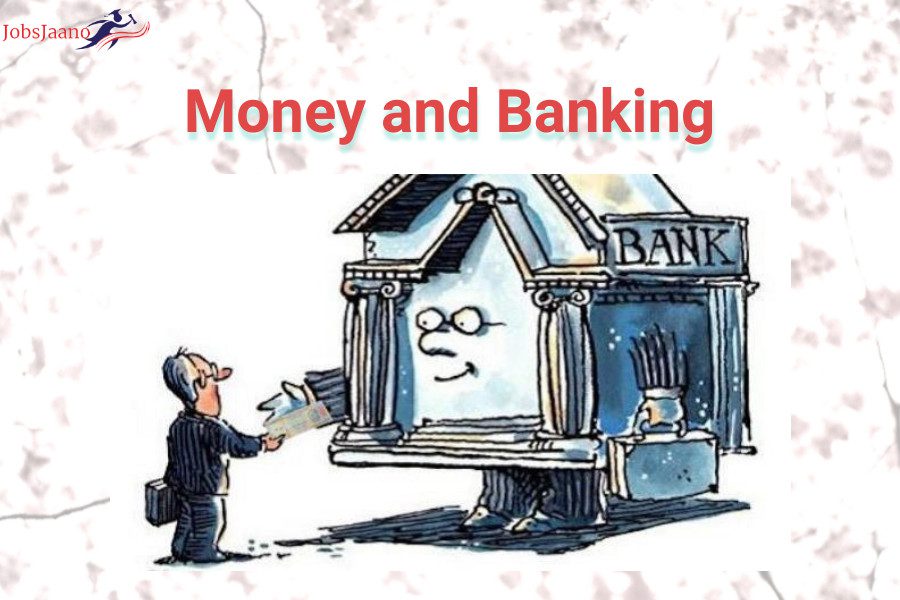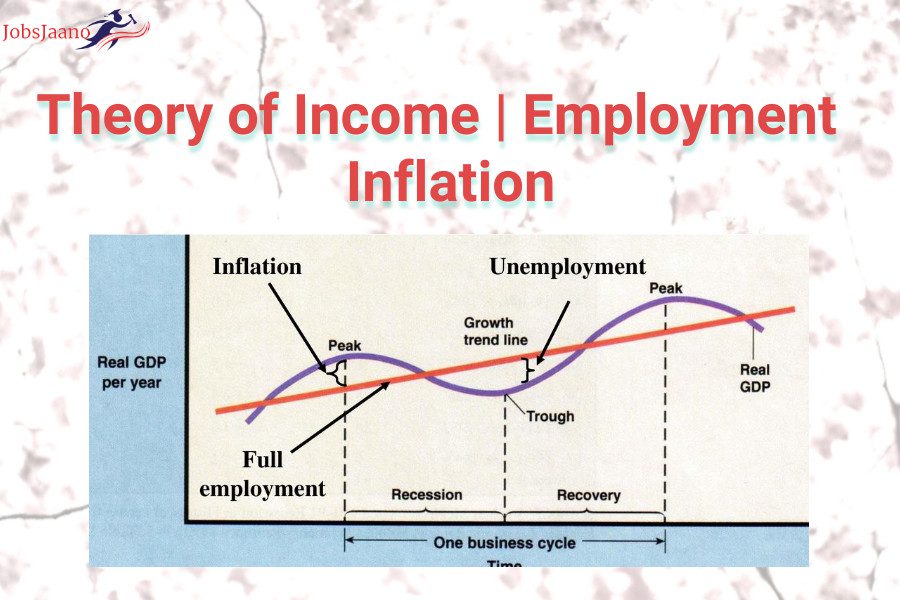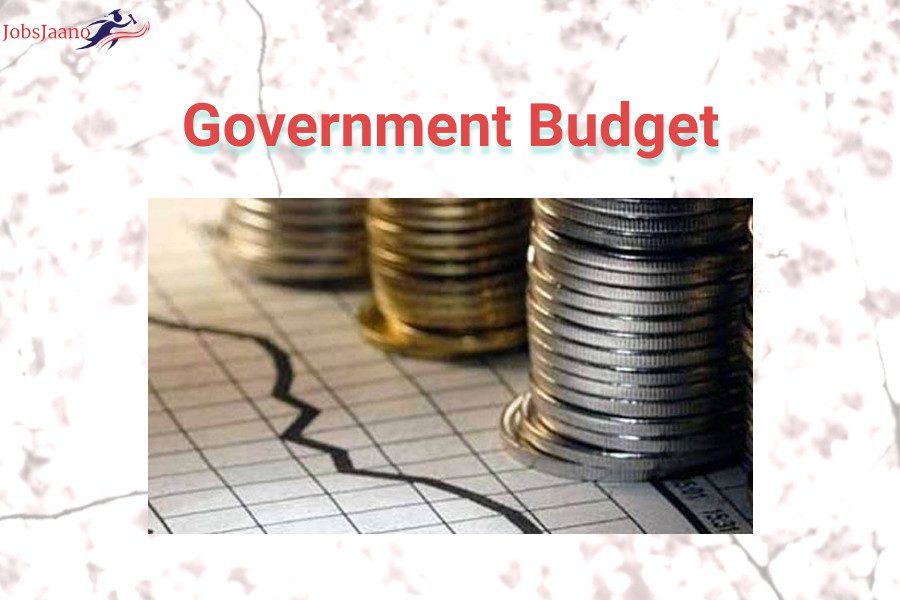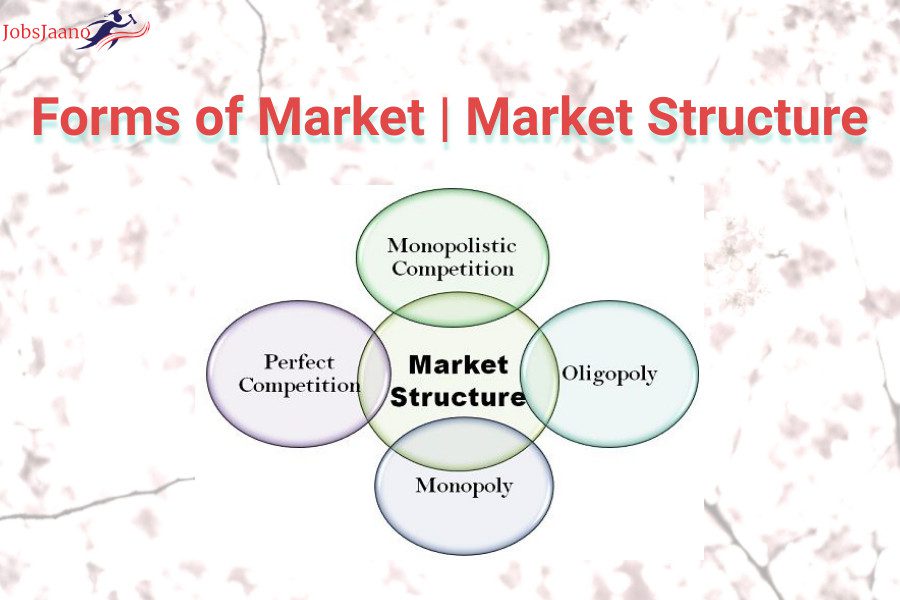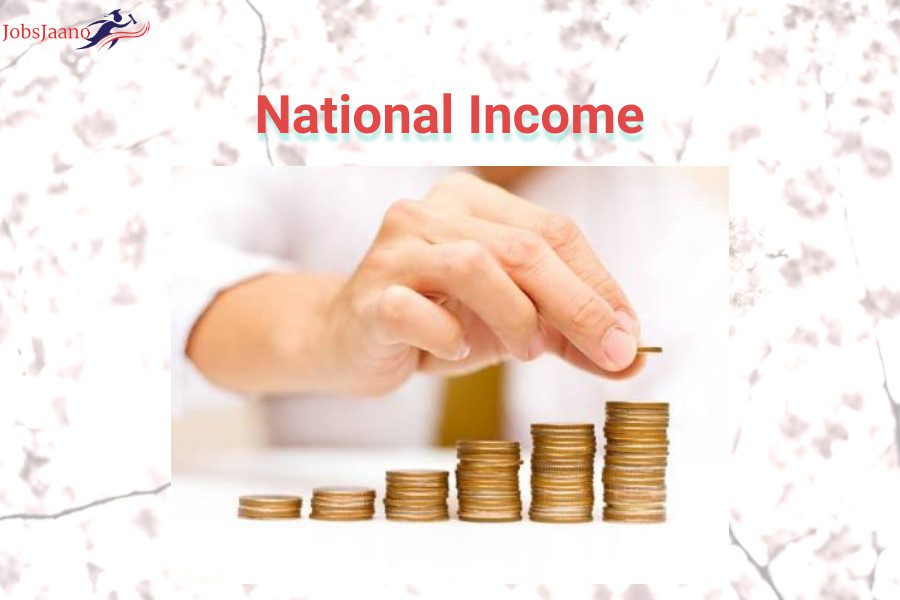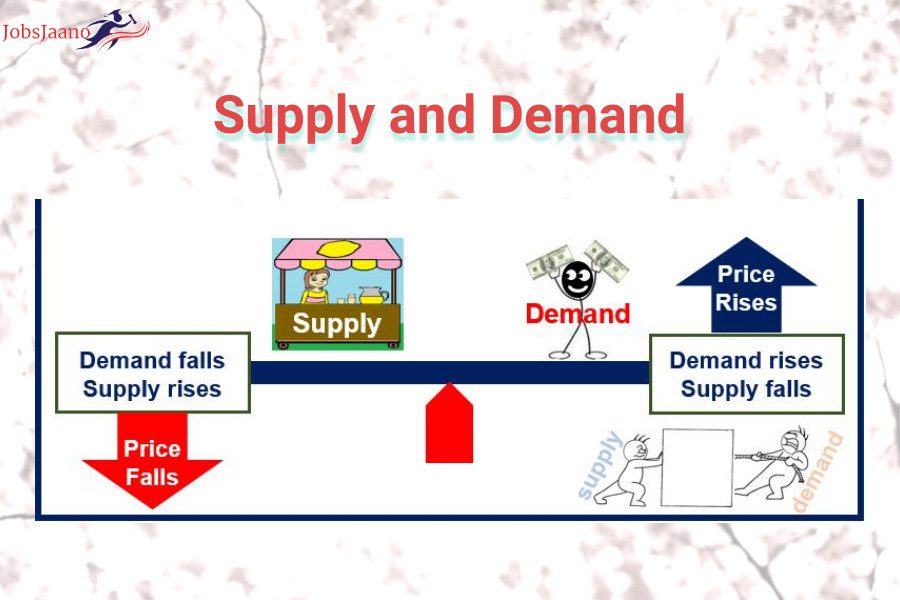Multiple choice questions of Subject Commerce Business Law MCQ Questions with Answers pdf ( Business Law MCQ Questions with Answers pdf Quiz ) for Entrances (Entrance Exam) Conducted by different Central and State Universities are given below.
NOTE: Be carefully during selecting Answers because we shuffle the answer options for more concentration so, Be Active. All the Best
Business Law MCQ Questions with Answers pdf | Business Law Solved MCQs pdf
1. Harish makes the following statement while negotiating the sale of his car, “This is the sharpest car in the market”. His statement may support a claim for
(a) misrepresentation
(b) fraud
(c) fraud and misrepresentation
(d) None of the above
Ans. d
2. Ram and Shyam entered into a contract whereby Ram agreed to sell Shyam ? 1,000 worth of heroin, an illegal substance. This is an example of a
(a) quasi contract
(b) void contract
(c) voidable contract
(d) secondary party beneficiary contract
Ans. b
3. Which of the following is not a consumer?
(a) The insurance company
(b) A licensee to run a phone
(c) A lottery ticket holder
(d) All of these
Ans. d
4. Which of the following is not covered under Consumer Protection Act?
(a) Aircraft
(c) Electricity
(b) Buildings
(d) All of these
Ans. b
5. By taking out insurance cover, an individual
(a) reduces the certainty of major loss
(b) reduces the risk of an accident
(c) transfers the risk to someone else
(d) converts the possibility of large losses to certainty of a small loss
Ans. d
6. Quasi contracts are the type of….. contract.
(b) void
(d) None of these
(a) valid
(c) voidable
Ans. a
7. Who can accept the bill?
(a) The drawer of the bill
(b) A drawer in case of need
(c) An acceptor for honour
(d) All of the above
Ans. d
8. Which of the following statements about the Consumer Protection Act, 1987 is false?
(a) The Act came into force on 1st March, 1988 and applies to damage caused by defective goods circulated after that date
(b) The Act imposes liability on businesses and private individuals
(c) The Act places strict liability for defective products on a number of possible defendants
(d) Liability under the Act cannot be limited or excluded
Ans. b
9. The body of law which establishes rights between persons and provides for redress for violation of those rights is known as
(a) criminal law
(b) civil law
(c) the uniform commercial code
(d) stare decisis
Ans. b
10. In case of the sale of motor cycle, if defects are related to engine, what it will be called?
(b) Latent defects
(d) All of these
(a) Technical defects
(c) Patent defects
Ans. b

